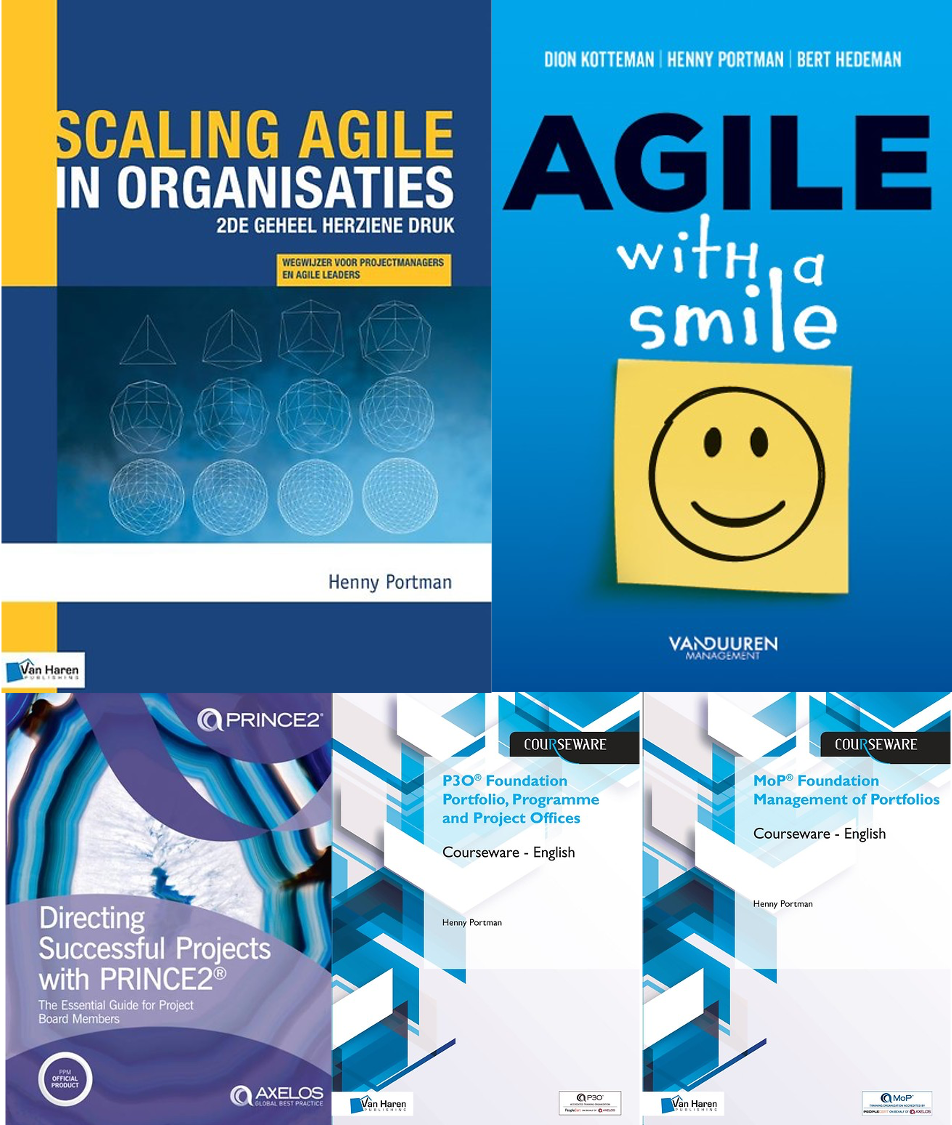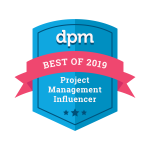 Michael K. Levine wrote with People Over Process – Leadership for Agility a very pragmatic and down to earth book about leadership and agile projects.
Michael K. Levine wrote with People Over Process – Leadership for Agility a very pragmatic and down to earth book about leadership and agile projects.
The classic formulation of agile in the Agile Manifesto has no role for leadership. In fact, it is explicitly anti-leadership, encouraging self-managed teams, reliance on motivated individuals, leaving them alone and trusting them to get the job done. Furthermore, neither agile or scrum contemplates how the agile team should be connected to a larger organization and to external partners who will likely have differing development processes and cadences.
The book is divided into four sections. The first section introduces facilitative leadership for agility and introduces the facilitative leadership triangle rigor, efficiency and alignment (REA). Next we get an explanation of the three major frameworks (architecture, plan and team structure) and the meetings to create them. In the third section we get an overview of some routine meetings like the daily scrum, demos, governance meetings and teleconferences. The final section focusses on project retrospectives.
You could also say that the book contains a theoretical explanation of the facilitative leadership model and a business novel where we follow a consultant Mary to help Pacifica Bank with their agile project. By following Mary, we see the facilitative leadership model in a ‘real life’ case to make it really easy to understand the theory. Theory and the Pacifica case alternate.
As stated, the facilitative leadership model contains the triangle rigor, efficiency and alignment (REA). And in the middle, we see the three major frameworks (architecture, plan and team structure) and meetings to create them. See the Quick Reference Card leadership for agilty.
Rigor: Clearly define each decision to be made, gathering and considering facts, thoroughly considering options, and making clear decisions. Making good decisions: right talent, experience, skills, and roles, team composition, options considered and evidence for decisions.
Efficiency: Respecting the time of all team members as a valuable commodity not to be wasted. Respect for people’s time: balance “Agile” and “Planful” management, frameworks to provide context, extensive preparation for meetings and tools and techniques.
Alignment: Teams must work in a way that gets the best input from all members, and gains understanding and commitment around common goals, schedules, methods, and decisions/directions of all kinds. Heads in game and moving together: right involvement, information available, input enables, value consensus and someone to decide.
Extraordinarily well-prepared and conducted meetings use the following pattern:
- Preparing for a meeting: set a simple and achievable objective, lay out a path to achieve the objective (agenda, activities), roles and responsibilities, the physical setting, the paraphernalia, and ensure alignment on the way in.
- Conducting a meeting: make the path visible and start down it and control the dialogue.
- Concluding a meeting: checking for alignment, agree on communication of results, and set immediate next steps.
Architecture simulation meeting (event). The architecture simulation event is a proven mechanism to discover and build alignment around architecture. It can be used in many situations and at various stages of a project. It puts the focus on the software and the related business processes in a powerful way by using different scenarios. It’s a participative learning event.
Project Planning meeting. The project planning meeting is a proven mechanism to develop an effective project plan. Several subgroups are brought together around a timeline from the planning meeting through productive use to plan forward and backward.
Team configuration meeting. The team configuration meeting helps teams to adopt existing mechanisms in their organization (silos). Next, team members, their managers, and stakeholders work together to define specifics for each varying initiative (connectors, bridges between the silos) and finally, the team members (extended) retrospect and adjust.
 To download: QRC (Leadership for agility, 200725) v1.0
To download: QRC (Leadership for agility, 200725) v1.0
Throughout the Pacifica case we get 25 leadership and 15 meeting tips. To mention a few:
- By failing to prepare for a meeting, you are preparing to fail – Ben Franklin (Agile is not an excuse not to plan!)
- Be sure the meeting participants at all times understand the meeting path, and where they are on that path
- Bring vendor partners into your agile projects as soon as you know they will be an important part of the solution
- the “self-governed team” agile principle is a valuable but incomplete concept. Applying hard-earned expertise to team configuration and process and exercising the power to mobilize an organization matter
- Use the RAE test when deciding on an idea. Would it have impact on the rigor, is it needed for alignment, is it efficient. If the answer is no, don’t do it
- Integrating events give much greater routine focus to ensure completion, and take the place of demo prep in many scrum projects
- If you plan on sharing an important decision with the team for rigor and alignment, don’t be satisfied with a half-hearted attempt
- When the going gets tough, double down on in-person relationships
- Write the major elements of the meeting objectives and the agenda up on the wall so participants have a visual shared guide
- Get people away from the protection/separation of a big table
- Have the right time of party
- The earlier in project planning that you can set specific dates for integrating events the better
- When a topic is raised in a meeting that doesn’t quite fit, take it offline
- it is very difficult to both participate in and facilitate a complex exercise as a project retrospective.
And as stated many, many more.
The book ends with tips to use tools like the Kaizen A3 – one page problem solving tool, agenda, alignment checking tools (fist of five, thermometer), dot voting, evaluation matrix, failure mode and effect analysis (FMEA), five whys, more of/less of, nominal group technique, tool advertisement and two by two matrix.
On the corresponding website www.TheTalesofAgility.com you can find some information about the author’s Lean and Agile Software trilogy. People over Process is the third book. The two other books are: A Tale of Two Systems: Lean and Agile Software Development for Business Leaders and A Tale of Two Transformations: Bringing Lean and Agile Software Development to Life.
Conclusion. A pragmatic, down to earth book when using agile ways of working and the case makes clear that scrum is not the magic bean or silver bullet for all projects. The book offers the facilitative leadership model for agility based on rigor, alignment and efficiency around major meetings or events like architecture simulation, project planning and team configuration to support you in having more successful projects.
In my opinion the author mixed up the concept of minimum viable product (MVP) and minimum marketable product (MMP). See my blog for a short explanation on MVP and MMP. And, if I am correct there is not such a thing as a Scrum release planning. Also, Scrum doesn’t talk about User Stories but backlog items and that will solve some issues in the book too. But these are minor things. I would say this book is definitely worth reading!
To order: People over Process
To order: A Tale of Two Systems
To order: A Tale of Two Transformations
















Pingback: Quick Reference Cards in 2020 | Henny Portman's Blog
Pingback: Overview of my year 2020 book reviews | Henny Portman's Blog